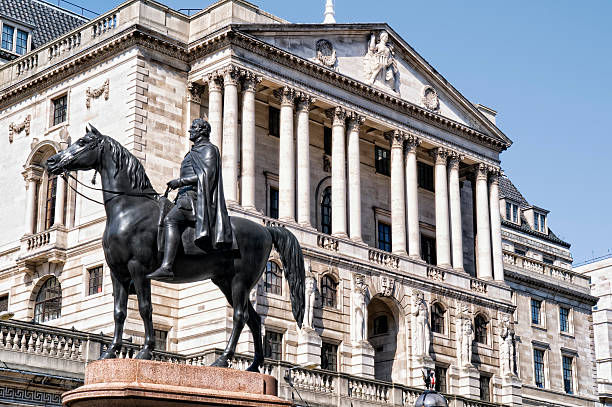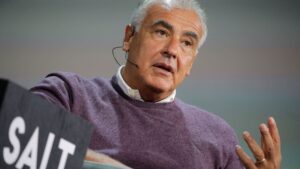- Soft UK data increase chances for September rate cut
- But wage growth remains elevated
- BoE meets on Thursday at 11:00 GMT
- But looming election could be a reason for cautiousness
Investors more convinced about a September cut
At its latest gathering, the Bank of England (BoE) appeared dovish enough to encourage market participants to assign a decent chance for a first quarter-point rate cut in June, but that didn’t last for long as the hotter-than-expected inflation data for April, and especially the stickiness in underlying price pressures, prompted investors to take their summer rate cut bets off the table.
That said, from pricing in around 30bps worth of reductions by December after the inflation numbers, investors are now expecting around 45, with the probability of a September move rising to around 80% after the April jobs report pointed to further cooling in the labor market and after GDP data for the same month revealed stagnation.

What makes the picture even more complicated is the fact that wage growth remained elevated, with average weekly earnings excluding bonuses rising at a 6% y/y rate. The inflation numbers for May are scheduled to be released on Wednesday, and with the services PMI for the month suggesting that charges rose at the slowest rate in over three years, the risks to the CPI numbers may be tilted to the downside.

Keeping cards close to chest
With all that in mind and as investors try to figure out when and by how much UK interest rates will fall, attention this week is likely to fall on the BoE policy decision on Thursday. No action is expected and thus, given that no updated projections are published this time, nor will a press conference be held, the spotlight is likely to fall on the accompanying statement and the meeting minutes.
However, with the UK general election scheduled just two weeks after the decision, policymakers are unlikely to upset the apple cart. They may prefer to wait and evaluate how the outcome may impact fiscal policy and thereby their own decisions. The Labor party, which is predicted to win the election on July 4, has pledged to keep spending tight. This could make the BoE’s work easier, allowing policymakers to cut interest rates earlier and faster.
Currently, the probability for an August reduction rests at 42% and a potential Labor victory could take it higher. However, until the August meeting, investors will have to digest several data releases as well, including the CPI figures for June.
Pound/dollar remains range bound
From a technical standpoint, pound/dollar has been trading in a sideways manner lately, with most of the price action contained between the 1.2500 level and the resistance barrier of 1.2800.

Last week, the pair was sold off after it hit resistance slightly above the upper end of the aforementioned range, and if the BoE provides the slightest hint that interest rates may start to decrease soon, the slide may continue perhaps until the bears challenge the lower bound of the range at 1.2500. For the picture to brighten, the price may need to climb and close decently above 1.2800.









